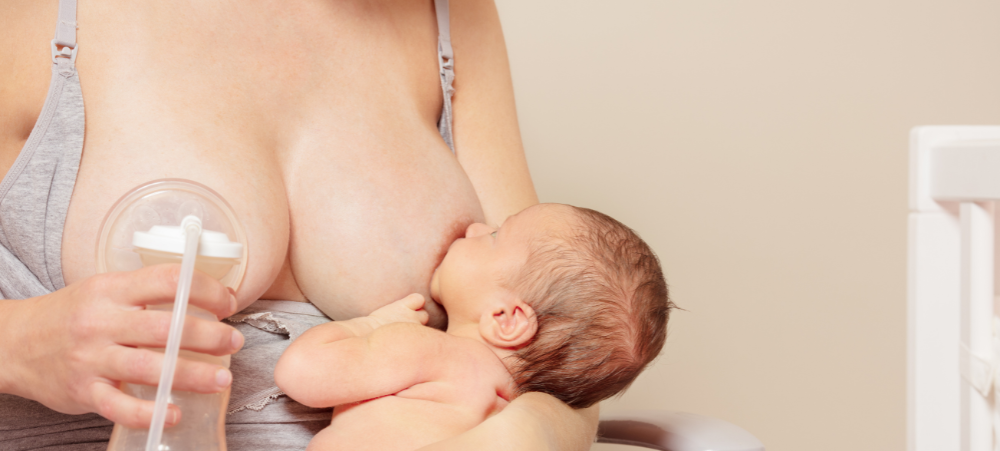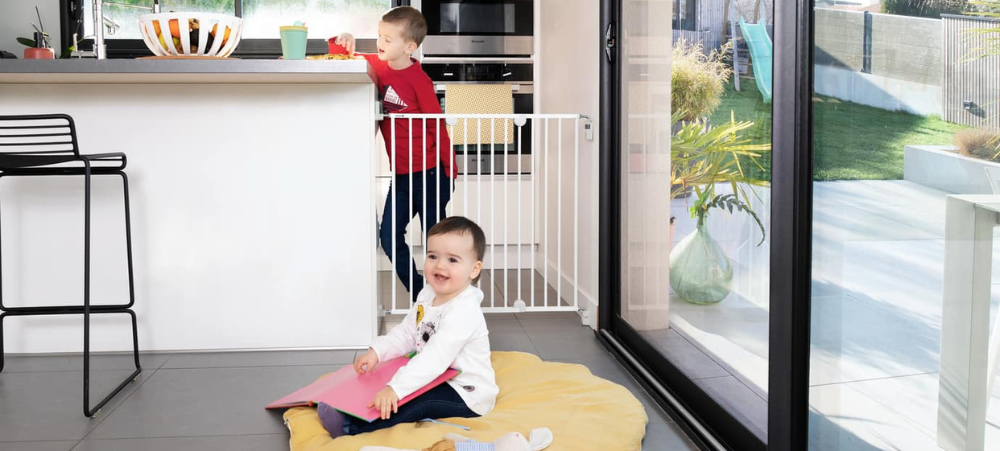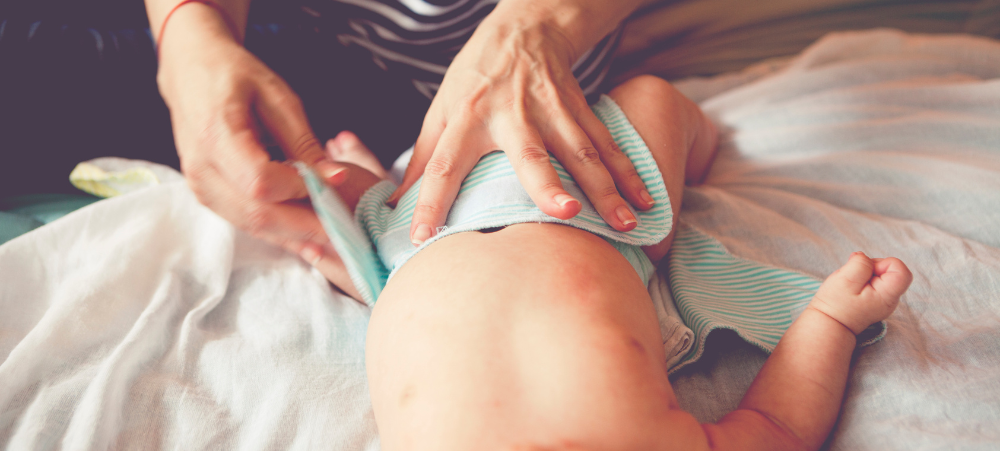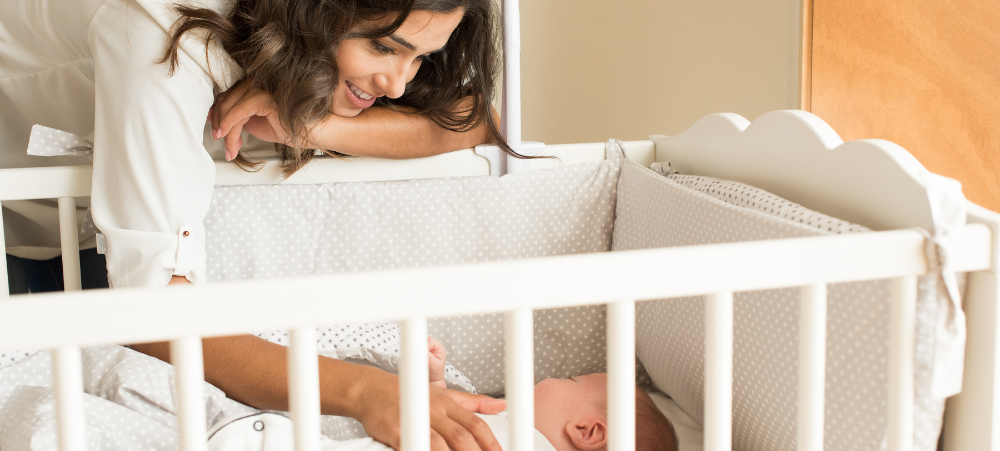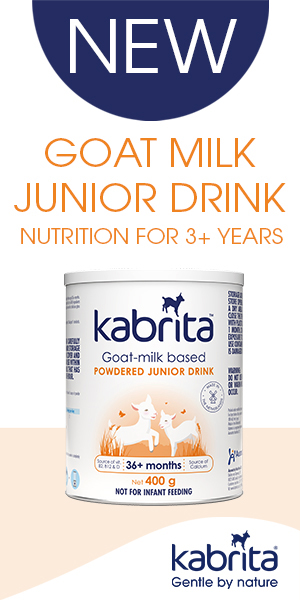
Introducing Medela Baby
Across the different stages of life, Medela products go beyond form and function. They heal, nurture health, and build bonds. Over the last 60 years, our company has been devoted to the science of making the most delicate form of care simple, intuitive, and effective. Medela has been caring for moms and babies, patients, and healthcare professionals for so long that we’ve turned it into a science. Medela, the world’s leading breastfeeding advocate and partner for mother’s milk, is excited to announce the launch of Medela Baby in South Africa. Medela baby includes a range of pacifiers for infants through to 18 months. Medela Pacifiers The pacifiers feature Medela Baby’s exclusive SensoPearlsTM for a softer feel and improved airflow, and a symmetrical teat that reduces teat volume for healthy gums and jaw development. It features a lightweight, ergonomic shield that adapts to the contours of your baby’s face. The Medela Baby Collection offers three types of pacifiers in South Africa; all the pacifiers come with a protection cap or Steribox for hygienic use and transportation. Original pacifier duo (From R 305.99) The perfect all-around pacifier in cute and trendy designs for everyday life. This lightweight and orthodontic pacifier supports healthy speech and gum development and fits the contour of your baby’s nose and chin to allow easy breathing. Available in 2 sizes (0-6 months and 6-18 months). Product benefits include: Gentle on Skin: Our pacifiers come with SensoPearls features to maximize airflow and comfort for babies on their skin. Small and Lightweight: Durable, economical and so handy that you’ll want them everywhere your baby is. Shaped for Comfort: Ergonomically designed to allow the baby to smell mom’s comforting scent. Orthodontic Teat: Designed to support the natural movement of baby’s mouth muscles. Protection Cap: Each pacifier comes with an individual cap for storage. Safe for Baby: All our pacifiers are without BPA. Soft Silicone pacifier duo (From R315.99) Supports natural suckling with a one-piece super soft, lightweight, and flexible design. It is shaped to fit under the nose to not interfere with breathing. This perfect everyday pacifier is available in 2 sizes (0-6 months and 6-18 months) and various colours (clear, pink, and blue). Benefits include: 24% lighter than the leading competition. Newly developed pacifier with a softer & more flexible teat due to a thinner wall. Ergonomic design under the nose to not interfere with breathing and to facilitate smelling mum’s scent – inspired by our knowledge of contact nipple shields. Swiss quality, premium quality & high industry standards. Day & Night 24-hour 2-piece set (R299.99) The perfect 24-hour set with one ORIGINAL dummy and one NIGHT dummy, which glows in the dark. The set is offered in 2 sizes: 0-6 months and 6-18 months. The day pacifier features a ring to fix with a pacifier holder during the day, and the night pacifier with a glow-in-the-dark knob, allowing mum and baby to find it during the night. Other benefits include: Designed to feel gentle on the skin with SensoPearls™. Symmetrical teat for easy acceptance. Premium quality & high industry standards. Medela universal pacifier holder (From R 199.99) Fitting all Medela Baby pacifiers and most other pacifiers. Safe material and easy to use, with an innovative feature that allows you to open the clip with one hand. It is made without BPA and BPS. All Medela Baby products are available from Dis-Chem, Baby City, and other major retailers. Follow Medela on Instagram @Medela_sa and Facebook @MedelaSA.
















